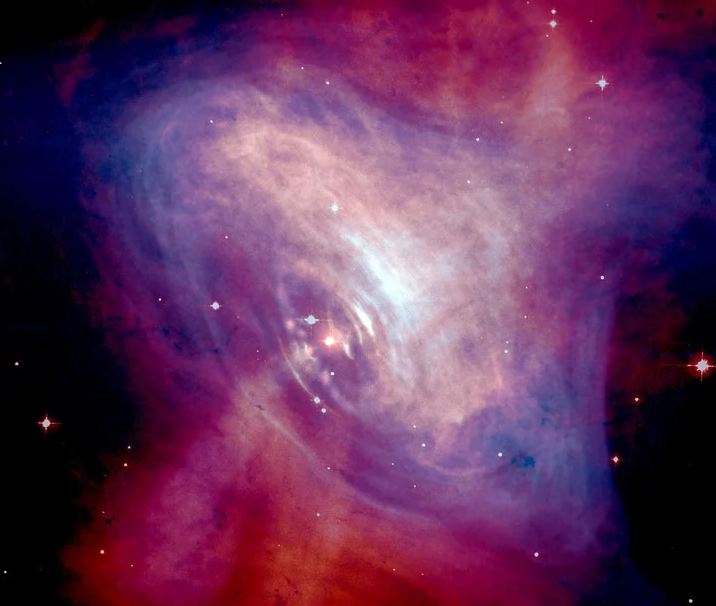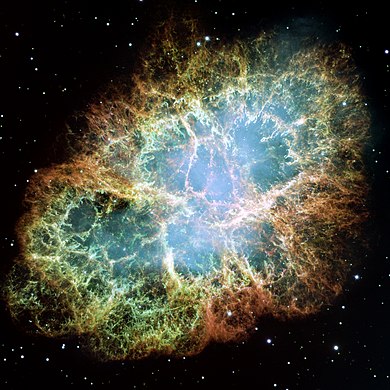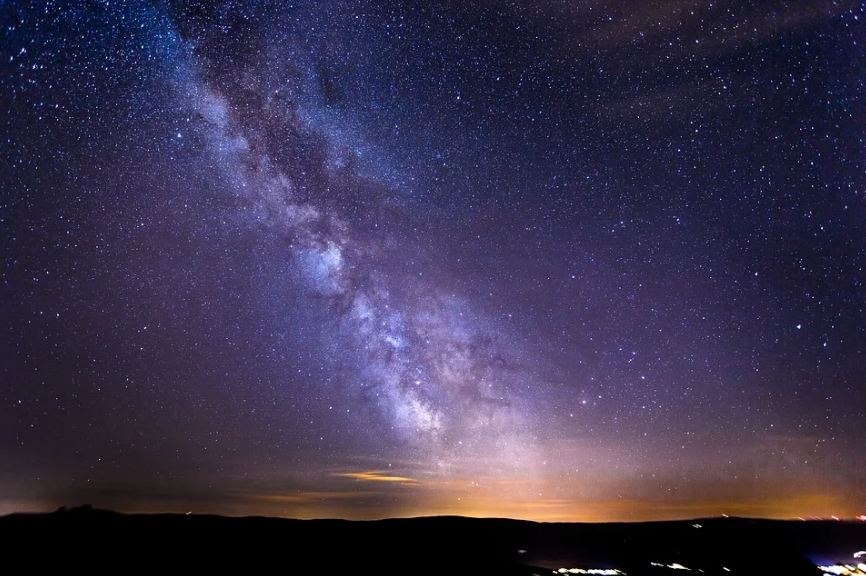A nebula is known to be a huge cloud that is made up of gas and dust that were formed in space. This dust and gas came from an eruption of a massive dying star, like the supernova.
One great example of a nebula is the Crab Nebula. The Crab Nebula, also known as the Messier 1, remains from an explosion of a supernova inside the constellation Taurus. This nebula is 6,500 lightyears away from Earth and has a brightness of 8.8 magnitude when observed from Earth. Meanwhile, if you want to learn more about Asperatus Clouds, click the link.
THE DISCOVERY OF CRAB NEBULA
On the 4th day of July in the year 1054, Chinese astronomers caught sight of a “guest star” present even in the daytime sky for almost a month. This “guest star” was located just above the southern part of the constellation Taurus horn. Little did they know, this “guest star” was a supernova explosion, and this explosion was the cause of the formation of the Crab Nebula.
In 1731, John Bevis, an English astronomer, discovered the nebula. Charles Messier, a French astronomer, also spotted this nebula in 1757, and this resulted in him creating the Messier catalog, a list of celestial objects that can sometimes be mistaken as comets. The crab Nebula became Messier 1, the first celestial object in Charles’s Messier catalog.
WHY IS IT CALLED “CRAB NEBULA”
The name “Crab Nebula” was created by a British astronomer named William Parsons, 3rd Earl of Rosse. In the year 1844, Parsons observed the nebula using a 0.9 m telescope. He tried sketching the nebula, and his drawing resembled a crab; this is where the name “Crab Nebula” came from. Although astronomers could not verify the resemblance between the nebula and the crab, the name remained nonetheless.
CRAB NEBULA AND SUPERNOVA 1054
The Crab Nebula was recorded as the first celestial object that is linked to the explosion of the supernova in the year 1054. As astronomers observe the Crab nebula, they noticed from the detailed measurements and from the photograph of the nebula taken from different years that it was slowly expanding. Due to this evaluation, they traced the nebula backward and determined that the nebula must have originated 900 years ago. Records of a bright star explosion located in the same part of the sky were found. Astronomers concluded that the Crab Nebula resulted from the supernova explosion that the Chinese astronomers recorded in the year 1054. The historical records said that the supernova explosion must have appeared during April or May, and then reached its maximum brightness of an apparent magnitude -7 and -4.5 during July, then became perceptible to one’s naked eyes after two years of its first discovery
THE DISCOVERY OF CRAB PULSARS
In the 1960s, the existence of a crab pulsar was predicted by the Italian astrophysicist Franco Pacini. According to him, this would much likely explain the reason behind the brightness of the nebula. In 1967, Charles Schisler, a US Airforce officer, noticed a fluctuating radio source during his radar duty coming from the same position of the Crab nebula. In 1968, Puerto Rican astronomers also discovered a fluctuating radio source. This radio source was then determined as a pulsar, a rotating neutron star that is highly magnetized and releases beams of electromagnetic radiation. This star gleams for approximately 30 times per second. This Crab Pulsar was designated as NP 0532. This pulsar shines brightly like the sun in our solar system and is 100,000 times more energetic than it.
PHYSICAL CHARACTERISTICS OF CRAB NEBULA
The nebula was said to be in the shape of a prolate spheroid, which is 6,600 lightyears away, or maybe an oblate spheroid, which is 4,500 lightyears away. The galaxy walls or the Crab Nebula’s galactic filament are largely composed of ionized helium, which appears as the red filament, and hydrogen, which can be seen as the orange filament. Other elements emitted during the supernova explosion like carbon, oxygen, iron, sulfur, nitrogen, and neon can also be found in the galaxy walls of the nebula. The temperature of the nebula ranges from 11,000 K to 18,000 K.
VISIBILITY OF THE CRAB NEBULA
Although the Crab Nebula is not visible to the naked eye, it can be seen using binoculars or a small telescope. With an apparent magnitude of 8.4 and a distance of 6,500 lightyears away from Earth, the best time to spot this nebula is during good weather conditions, especially in January.



